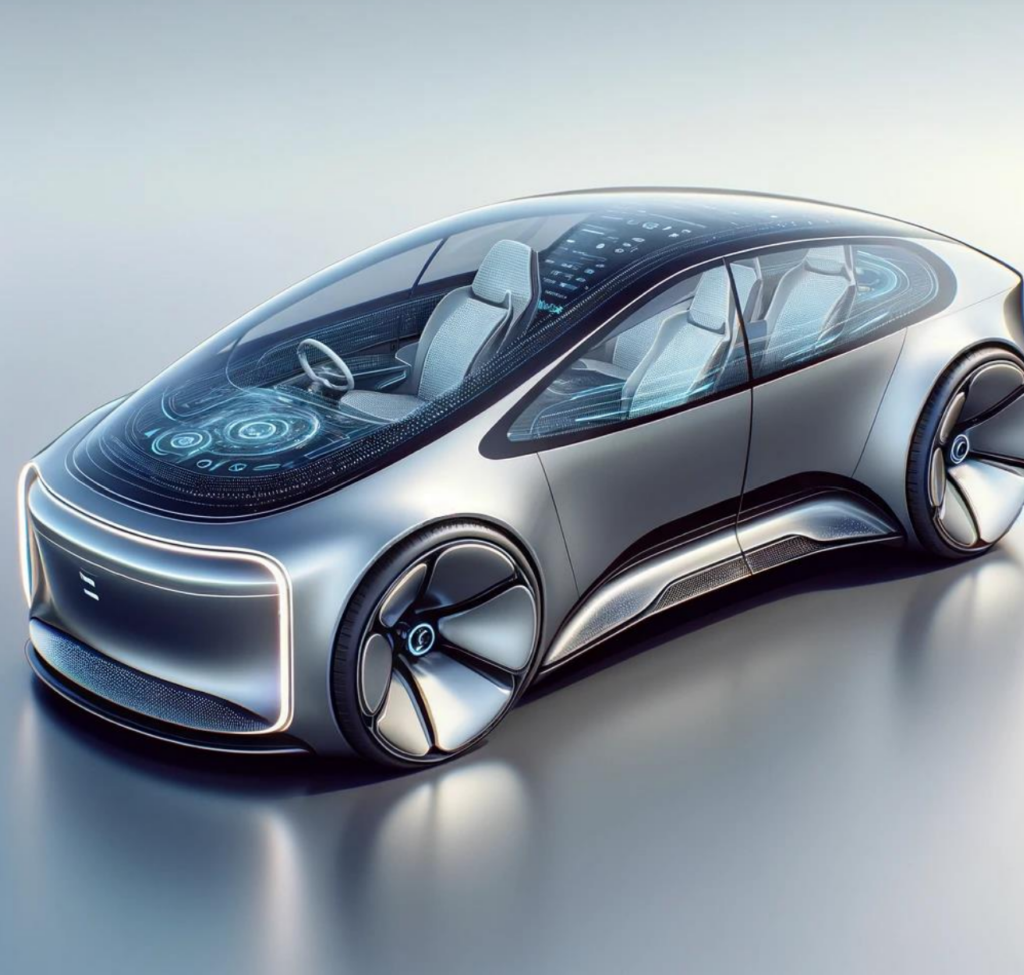New standard proposed for e-mobility power management

(Image courtesy of SAE International)
Intel is proposing a standard for power management across an e-mobility platform, based on its work in the computer sector, writes Nick Flaherty.
It is taking a whole vehicle energy-management approach, inspired by PC equipment. It is looking to apply these concepts to an electric vehicle (EV) platform for the first time to provide a central energy management standard.
However, such an architecture only works if an entire industry is involved, as there can be dozens of electronic control units (ECUs) from different suppliers. With an average of 100 ECUs in today’s vehicles, the cumulative energy usage by these components is about 316 Wh/mile.
The Advanced Configuration and Power Interface (ACPI) specification helps reduce the power consumption of a CPU by up to 60%, and Intel sees this being extended to software-defined vehicles, which could yield substantial power savings. This, in turn, could reduce battery size requirements, boost an EV’s operational range, and reduce weight and cost.
The proposed standard will define the ECU interfaces and functions necessary to enable OEMs to develop and deploy context-aware, vehicle-wide, optimal power generation and consumption while allowing varied implementation.
For example, an OEM could determine when an individual ECU should enter a low- or high-power state, based on different driving modes, providing improved energy savings. The ECU supplier would be able to implement differentiated energy-saving algorithms while still complying with the standard.
By defining a standardised power-management protocol, the amount of power used in the EV can be reduced, improving the long-term range and life of batteries without compromising on performance or safety.
At the highest level, the intent is for all ECUs to support multiple states of power operation. Such an architecture consists of three distinct concepts: description, discovery and control.
At the core of whole vehicle power management is the ability of the ECU to provide a description of its capabilities, covering system (S-states), device (D-states) and compute (C-states) states. These detail the power states, how long the ECUs are in each state and what devices they power.
This hierarchy of S-states, D-states and C-states, along with a description of what the ECU does and how long it will take to enter or exit any of the defined states, provides the basic building blocks for intelligent whole-vehicle power management.
Once implemented across the vehicle platform, measurable energy savings can be achieved.
For example, does an EV battery need to run at 800 V consistently?
The SAE J3311 committee, which includes Stellantis, HERE, and Monolithic Power Systems, aims to deliver the first draft standard within 12-18 months.
ONLINE PARTNERS































